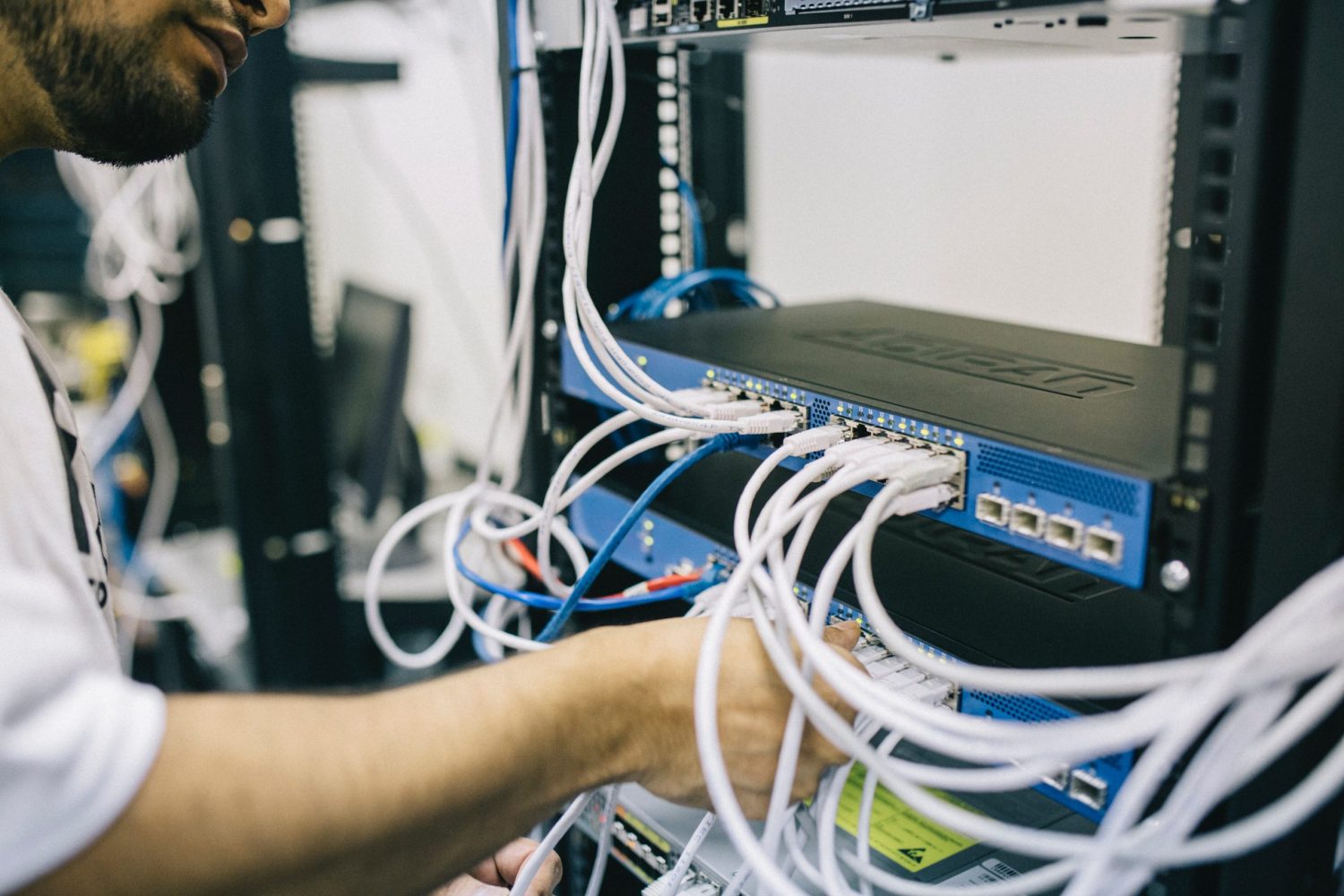
Are you a beginner looking to learn more about network switches? If so, this article is for you. Join us as we explore the topic of network switches and explain what they are, how they work, and why they are important in computing networks.
We’ll also discuss the different types of network switches available on the market today and provide helpful tips on selecting one that best meets your needs. By the end of this article, you will have a better understanding of network switches and be able to make an informed decision when it comes to choosing one for your setup. So let’s get started!
What is a Network Switch?

Source: yourownlinux.com
A network switch is a hardware device that connects multiple computers, printers, and other devices on a local area network (LAN). It acts as the central point of communication between different parts of the LAN. By connecting directly to every device in the network, it enables data to be sent quickly and reliably from one computer or device to another.
The switch works by analyzing incoming packets of data, then forwarding them to their intended destination based on their MAC address. This allows for faster transfer speeds than hubs and fewer traffic collisions than bridges.
With its ability to route, filter and inspect traffic across the LAN more efficiently than competing technologies, it has become an essential component for building powerful networks today.
Benefits of Using a Network Switch
A network switch is an essential piece of technology that can offer huge benefits to users. With a network switch, devices on the same local area network (LAN) can communicate with each other quickly and easily. It allows for improved performance as it eliminates bottlenecks by efficiently managing traffic flow.
Additionally, it gives more control over data sharing within the LAN, providing better security and reliability than traditional hubs. Furthermore, a single switch can support multiple connections at once without any reduction in the performance or integrity of data packets being sent from one device to another.
Finally, most switches come with advanced features such as Quality of Service (QoS), Virtual Local Area Networks (VLANs), port mirroring for monitoring purposes, and Power over Ethernet which makes them very versatile pieces of equipment well suited for modern networks.
Types of Network Switches

Source: spectrumvoip.com
There are a variety of network switches designed to meet the different needs of users. The most common type is an unmanaged switch, which allows for the connection of multiple devices without requiring any configuration from the user.
Another popular option is a managed switch, which offers more advanced settings and control capabilities that allow users to configure their networks as needed. Layer 3 switches offer additional features such as routing protocols and are usually used in larger or more complex networks.
Finally, power-over-Ethernet (PoE) switches can provide both data connectivity and electrical power to connected devices through one cable. No matter what type you choose, understanding how each work will ensure your network runs efficiently and effectively.
How Does a Network Switch Work?
A network switch is a computer networking device that connects multiple devices on the same network. It allows for data to be shared between connected computers and other devices, such as printers and routers. Switches are essential components of any computer or home-office environment, providing an efficient means of connecting computers and other peripherals while improving internet speeds. To understand how a switch works, it’s important to know what it does in terms of traffic management, connection stability, and security features.
When data enters a switch from one device, it reads the destination address embedded in the packet header before forwarding the packet along its intended path through the network. This process occurs rapidly so that data can be sent quickly throughout your office or home network without having to wait for permission from each node (or router) along its route.
Additionally, switches prioritize certain types of traffic over others – like streaming audio/video content which requires higher bandwidth than web browsing – ensuring all networks connected to it run smoothly with little latency issues or slower download speeds caused by too much traffic congestion at once.

Source: lifehacker.com.au
Switches also use various built-in protocols such as VLANs (Virtual Local Area Networks) that allow them to segment their internal networks into smaller isolated units for better control over who has access where within a local area network—an especially useful feature if you have sensitive information being shared amongst different users on different machines but need an extra layer of security so none can accidentally stumble upon confidential documents outside his own designated space.
Finally, many high-end switches come equipped with advanced firewalls as well providing even more protection against malicious attacks originating from external sources outside your local area network infrastructure – something no business should ever overlook when it comes to keeping their most valuable assets safe and secure!




